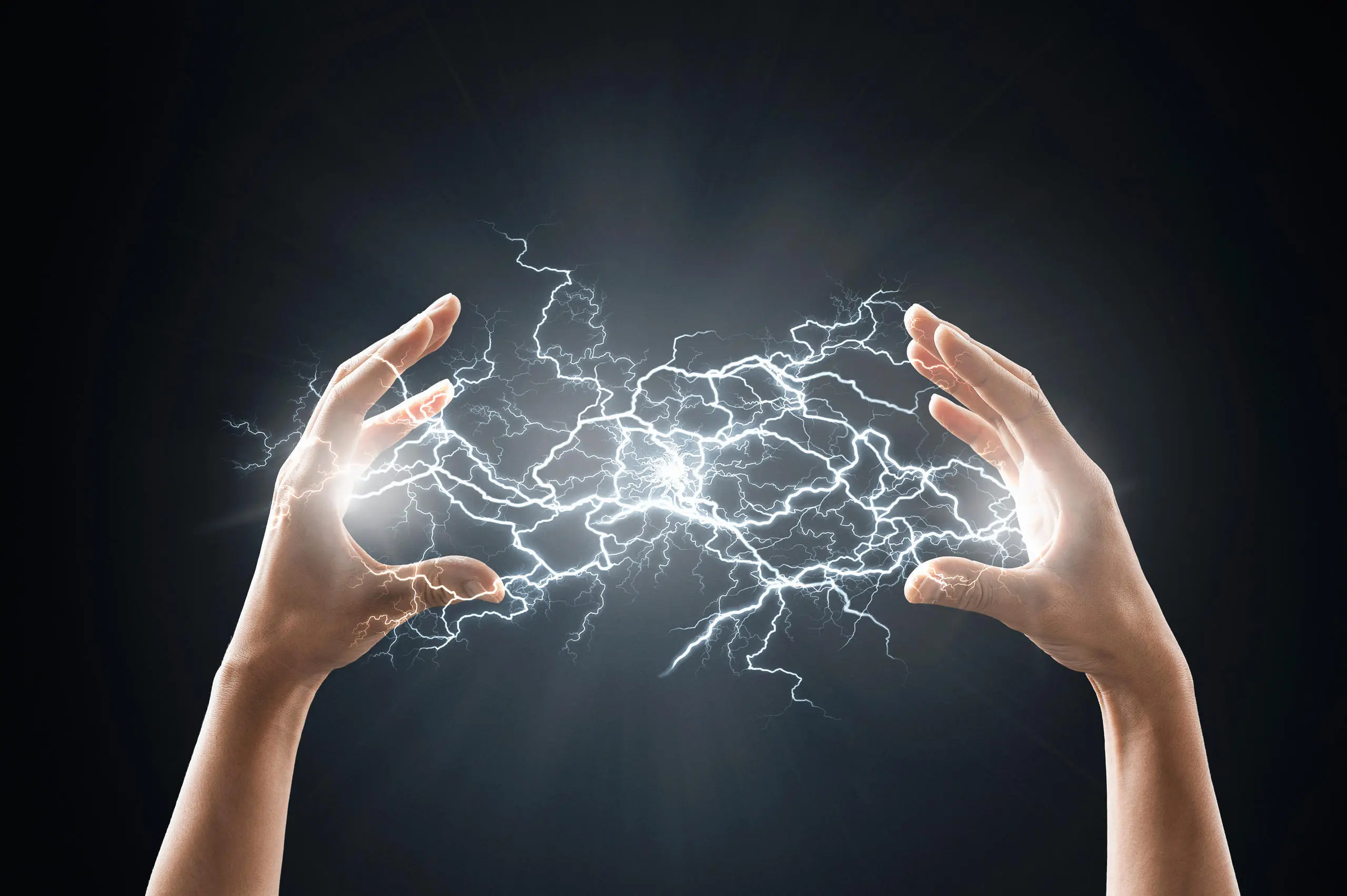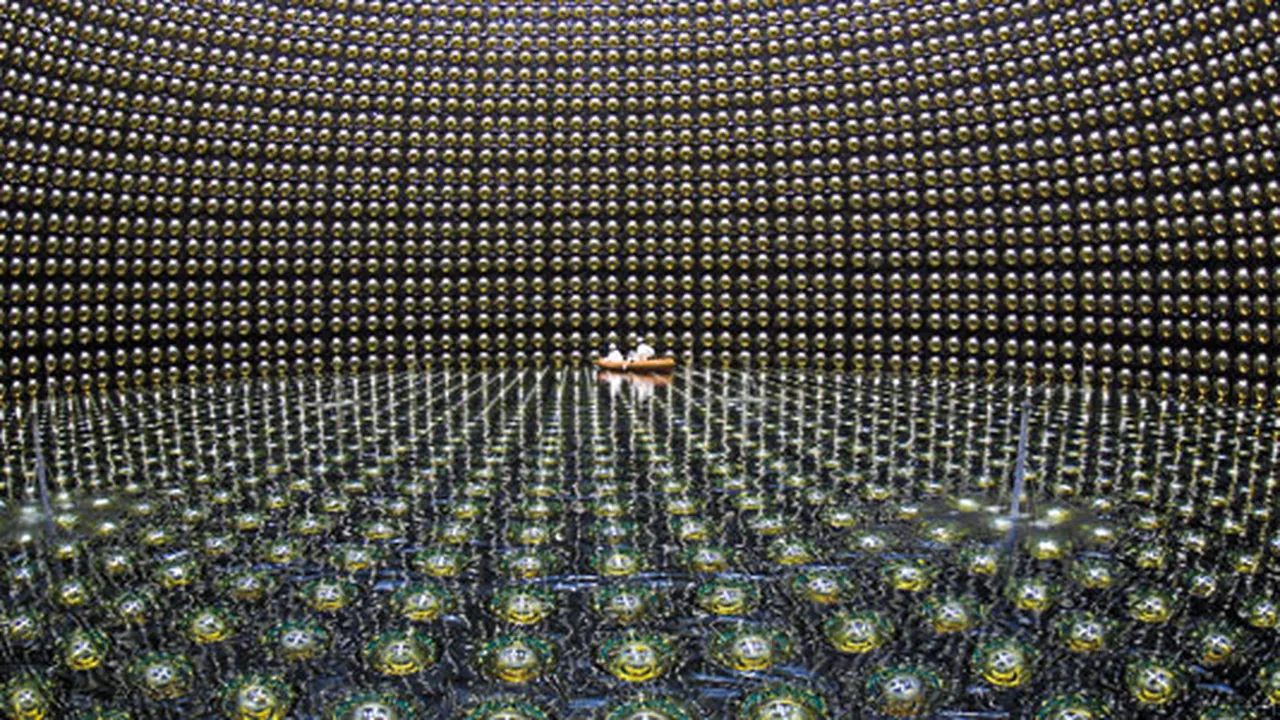zoomacademia.com – Yes, our bodies do have electricity! It’s a vital part of how we function every day. From our thoughts and movements to our heartbeats, everything relies on tiny electrical signals. These signals are made possible by the movement of charged particles inside our bodies, which is where physics comes in. Let’s explore how electricity works in our bodies and why it’s so important.
What is Electricity in the Body?
In physics, electricity happens when charged particles move. In our bodies, these charged particles are called ions. Ions are atoms or molecules that carry either a positive or negative charge. Some of the most important ions in our bodies are sodium (Na⁺), potassium (K⁺), calcium (Ca²⁺), and chloride (Cl⁻).
These ions help send electrical signals between cells, especially in the nervous system and muscles, including the heart. The movement of these ions is what creates the electrical activity that keeps us alive.
Nerve Signals: How Electrical Messages Travel
Our nervous system is like an electrical wiring system for the body. Nerve cells, or neurons, send electrical signals called action potentials to communicate with other parts of the body.
Here’s how it works:
- Resting State: Normally, the inside of a neuron has a negative charge compared to the outside. This difference in charge is called the resting potential, which is around -70 millivolts (mV). This charge is kept stable by ion pumps that move sodium and potassium ions in and out of the cell.
- Getting a Signal: When a neuron gets a signal (like touching something hot), sodium channels open, allowing sodium ions to rush into the cell. This makes the inside of the cell less negative.
- Action Potential: If enough sodium ions enter, the cell reaches a tipping point, creating an action potential—an electric impulse that moves along the neuron. This is how the signal is sent to the next cell.
- Resetting: After the signal passes, the neuron pumps the sodium ions back out, bringing the cell back to its original resting state.
This process happens very fast, allowing signals to travel quickly throughout the body. For example, when you touch something, your brain can know about it in a split second!
Electricity in the Heart
Your heart also uses electricity to keep beating. The heart’s rhythm is controlled by electrical signals that start in a special group of cells called the sinoatrial (SA) node, which acts like a natural pacemaker.
Just like in neurons, the heart’s cells use sodium, potassium, and calcium ions to create electrical signals. These signals spread across the heart, telling it when to contract and pump blood. When these signals are disrupted, it can cause irregular heartbeats, which is why devices like pacemakers are used to help regulate the heart’s electrical activity.
Bioelectricity and Magnetism
In physics, electricity and magnetism are closely connected. When electricity flows, it creates a magnetic field. This is true in our bodies as well. The electrical activity in our brains and hearts creates tiny magnetic fields that can be measured with special equipment.
For example, scientists can use magnetoencephalography (MEG) to measure the brain’s electrical activity and magnetocardiography (MCG) to measure the heart’s.
Ions and Electrolytes: The Body’s Conductors
In electrical wires, electricity flows because electrons move. In our bodies, electricity flows because ions move. These ions are found in fluids in and around our cells. This fluid is full of electrolytes, which are substances that can carry electric charge. Common electrolytes include sodium, potassium, and calcium.
Keeping a balance of electrolytes is crucial. If your electrolyte levels get too low, the body’s electrical systems can’t function properly. This is why athletes drink electrolyte-rich drinks to stay hydrated and keep their muscles and nerves working well.
Electric Fields in the Body
Electric fields are invisible forces created by the movement of charged particles. In our bodies, when ions move across cell membranes, they create these fields. These electric fields are essential for keeping signals moving through the nervous system and for allowing muscles to contract properly.
Conclusion
In summary, yes, we do have electricity in our bodies, and it plays a vital role in how we function. This electricity is generated by the movement of ions, which create small electric currents. These currents help our nervous system send signals, keep our heart beating, and allow our muscles to work. From a physics perspective, the principles that govern electricity in our bodies—like ion movement and voltage differences—are the same as those that apply to any electrical system.
So, the next time you move, think, or feel your heartbeat, remember that it’s all thanks to the tiny electric currents inside your body!







